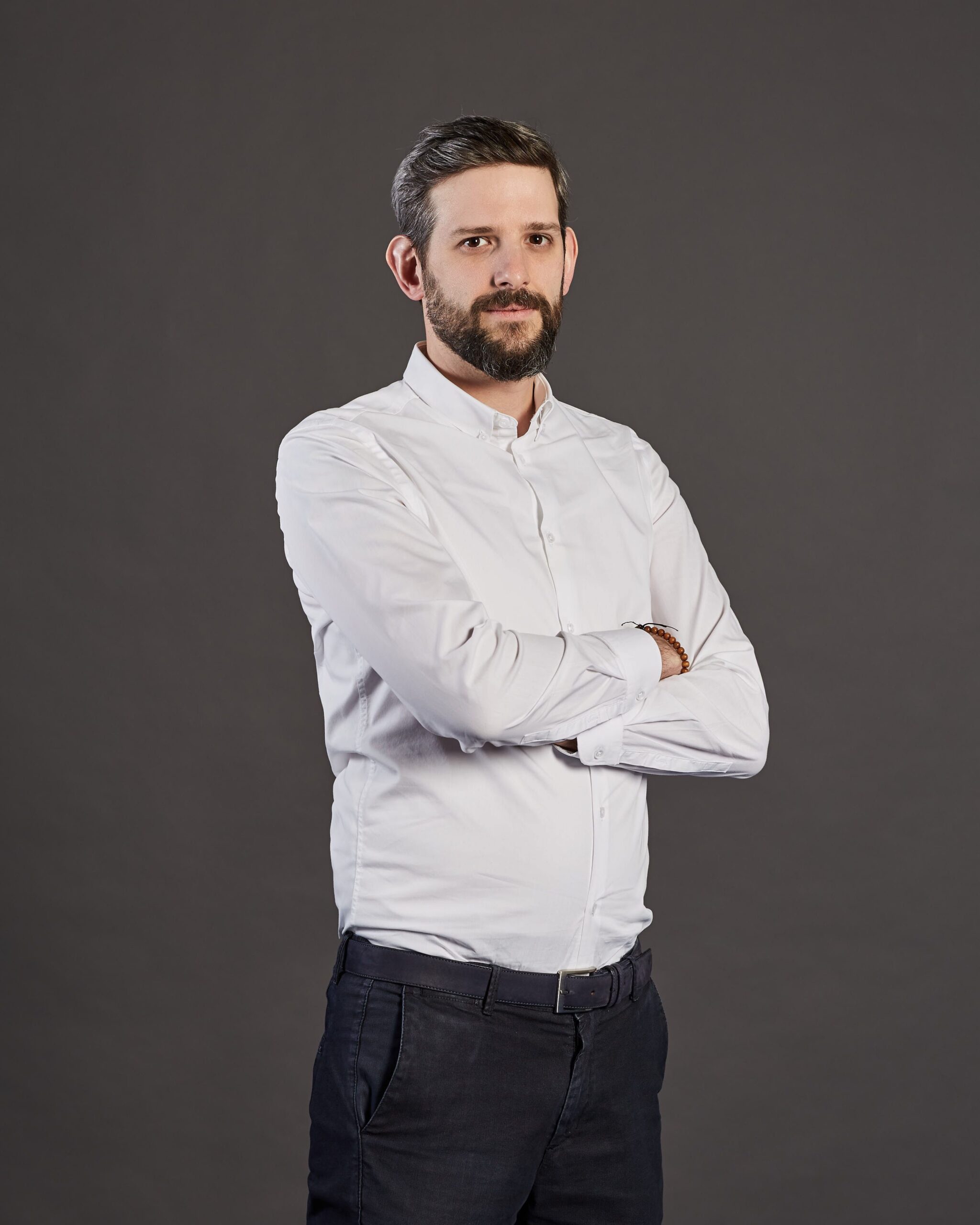Growth Hacking is based on mapping each phase of the company’s relationships with the customers through the A.A.A.R.R.R. Funnel also known as Pirate Funnel.
A.A.A.R.R.R. Funnel consists of 6 phases:
- Awareness
- Acquisition
- Activation
- Retention
- Revenue
- Referral

Here you can learn more about the A.A.A.R.R.R. Funnel.
A.A.A.R.R.R. Funnel is a framework that must be tailored for each specific situation, therefore its design is key.
Each phase of the A.A.A.R.R.R. Funnel is managed through a metric that is called The Only Metric That Matters (OMTM).
Aside from the OMTMs used per each stage of the Funnel, there are other 3 metrics that are fundamental for monitoring its overall health:
- Customer Acquisition Cost (CAC)
- Customer Life-Time Value (LTV)
- Churn Rate: it is the inverse of the Retention Rate metrics, it is interesting to monitor and understand it to eliminate the causes of the customers to abandon the product
CAC and LTV are fundamental since the balance of the 2 defines if the business is sustainable or not.
There is a golden rule: LTV has to be S times greater than CAC (LTV > S x CAC)
In the formula, S is the Success factor and it depends on the cost structure of the company.
One of the best business cases of a successful balance between CAC and LTV to improve a Funnel is PayPal.
PayPal is a company based in San Jose, CA and it is one of the most famous online payments systems that support online money transfers and serves as an electronic alternative to traditional paper methods like cheques and money orders.
PayPal was launched in September 1999 by Confinity.
Initially, Confinity identified eBay as a promising area to acquire users, because of the high concentration of buyers and sellers and the absence of any standard payment system for them to use.
The idea was good but did not take into account that eBay was developing their own payment service called Billpoint in collaboration with Wells Fargo. This was announced in March 2000.
At this point, PayPal was in serious trouble since eBay auctions were their major source of customer acquisition and, without it, the company was headed to bankruptcy.
Brainstorming on how to improve their funnel, PayPal found that their CAC was 10$ and that it was largely repaid by the LTV of every new customer.
Therefore, they decided to attempt something new: they offered 10$ to be accredited in the account of each newly registered user knowing that they would have a return on this investment.
According to David O’Sacks, original COO of PayPal, PayPal used to literally pay people to invite their friends:
“Initially users just had to sign up, confirm their email address, and add a (unique, authorized) credit card. The money was simply added to their account. This was real money. Users could send it to someone else or withdraw it. So it was a real cost to PayPal. We must have spent tens of millions in signup and referral bonuses the first year.”
The outcome was outstanding: PayPal acquired 1 million users by March 2000 and 5 million by summer 2000.
The success of this initiative changed the destiny of PayPal, bringing the company to exponential growth.
In fact, in 2019 PayPal hit:
- $17.772 billion Revenues
- $ 2.719 billion Operating Income
- $2,459 billion Net Income
- $16.929 billion Total Equity
- Around 21,800 employees
Business Strategy | Product Marketing | Executive Master eCommerce Management | Business Innovation Master | MSc
I am driven by my personal growth and of people/contexts that surround me.
I followed a professional path in Valentino Fashion Group and Luxottica during which, thanks to the ability to understand different businesses and interests, I was able to succeed in Operations, Merchandising and Retail.
These organizations have exploited my ability to mediate and translate needs/constraints into practice, assigning me to Project Management roles.
Luxottica relied on my ability to analyze, to anticipate things and to imagine/implement solutions by appointing me in Supply Chain Management department and assigning me to the Product Management of IoT solutions for Anti-counterfeiting and Retail digitalization.
During this professional path, I also developed my leadership by managing teams to build Processes, Organizations, Systems and Governance Tools.


Devi effettuare l'accesso per postare un commento.